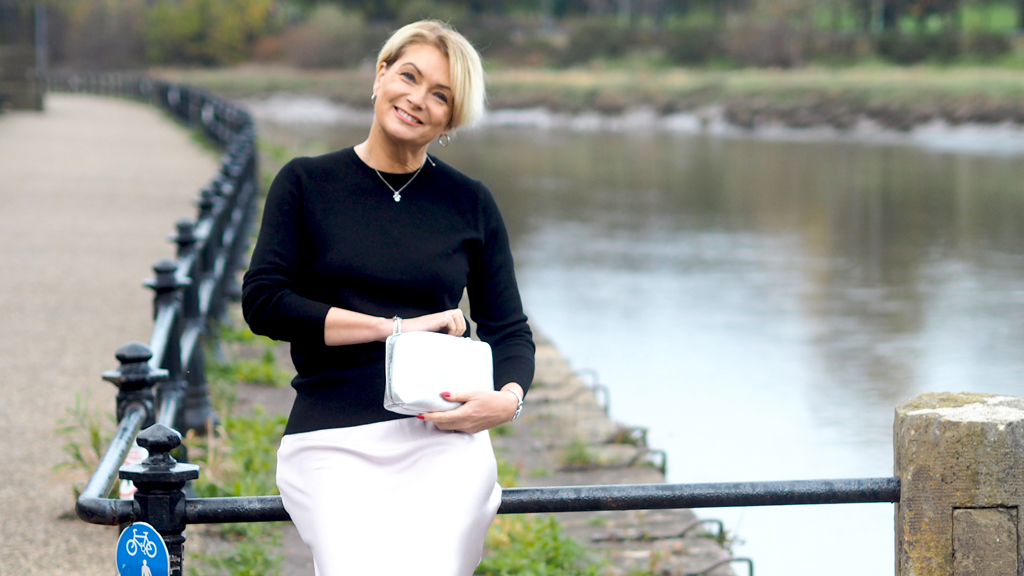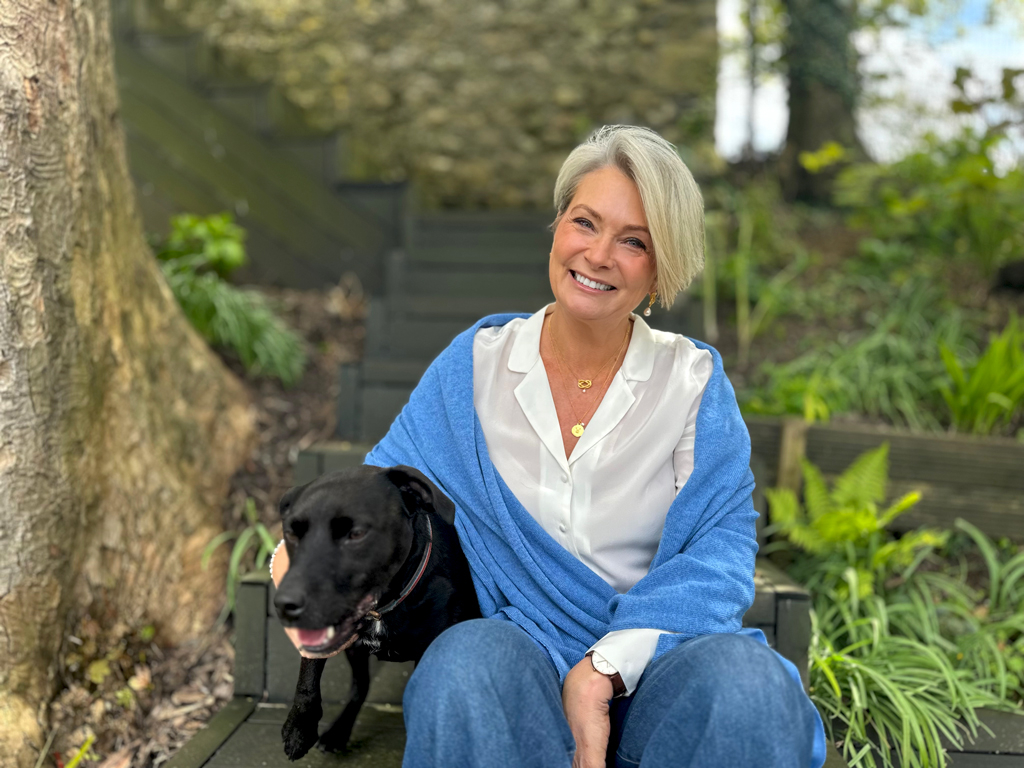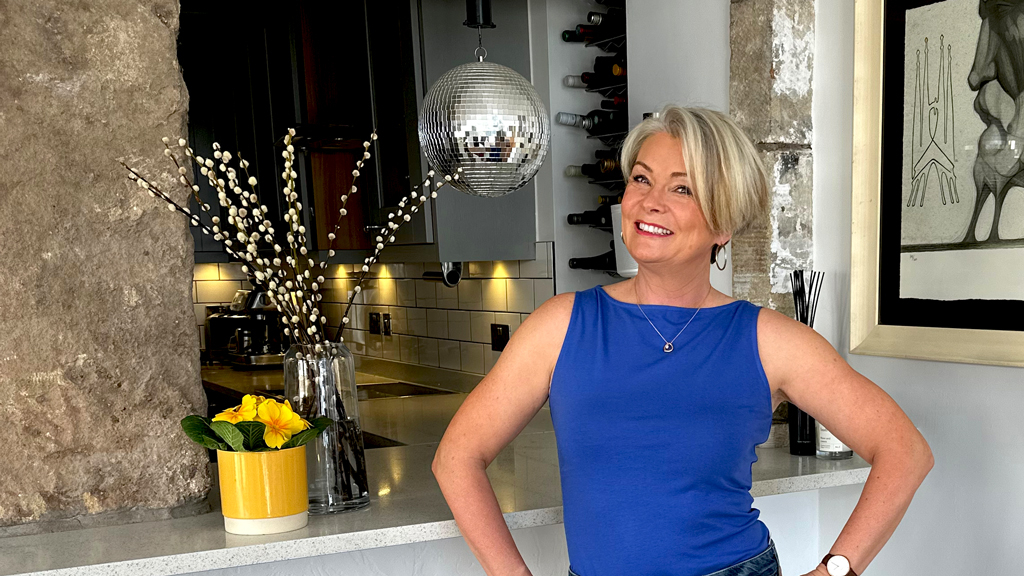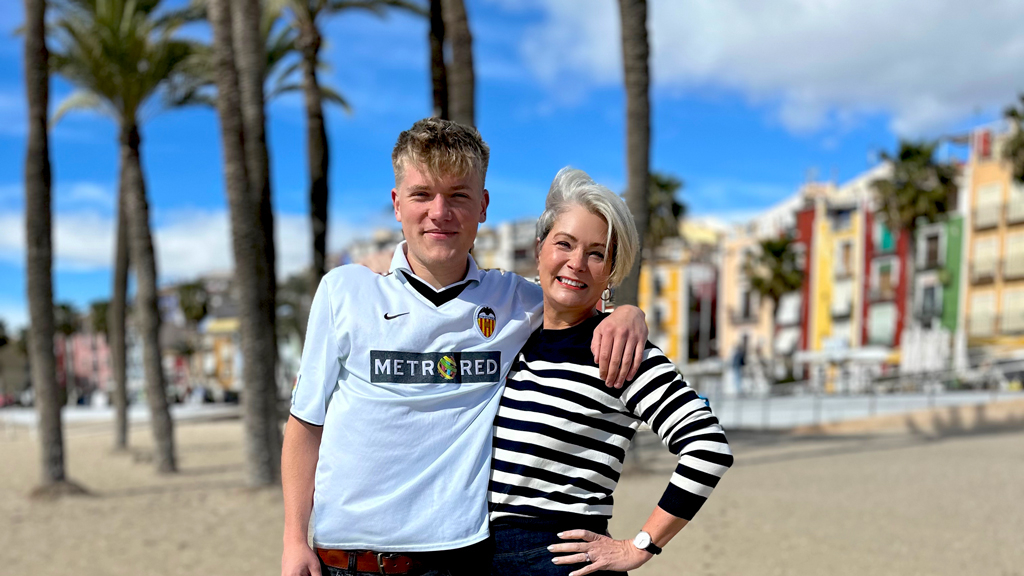Well I’m hoping you’re up to date with your capsule wardrobe building tasks because the next stage involves thinking about colour and cloth – both intrinsic elements of personal style. Let’s start with colour, I’m going to recap quickly on how to decide which colours suit you because quite a few new readers have joined us. Then we’ll move on to developing a colour palette that works for you. When you’ve identified this, it will give you the ability to interchange pieces endlessly, making your wardrobe work really hard. The last element of this post is about texture and why it might matter more than you realise.
How to find out which colours suit you
We’ve covered this lots of times but let’s just go over it quickly again. If you’re really stuck then it’s worth having a session with a specialist colour consultant who will spend a morning working with you until your colour family reveals itself. The most well known companies in the UK are House of Colour and Colour Me Beautiful. However, if you think hard enough, you may well already have an instinct for which colours really bring out the best in you. Look back over the mirror selfies you’ve been taking of your favourite outfits and see which colours give you a lift and conversely, which ones drain you.
The most important thing is understanding whether you have warm or cool colouring as this will help you to get the tones of some of the neutrals right – there can be a big variation in whites and greys for example. I have warm colouring and so I need to wear a soft or off white rather than brilliant white and I always look for warm greys rather than silvery ones. The warmth of your colouring affects make-up and hair too – it’s one of the reasons that I’ll never go grey, I know it would drain me. a quick way to check is to look at the veins in your wrist. If you’re caucasian and they appear blue or purple then you probably have cool colouring, if they’re green you’re most likely warm.
One last way to explore colour is to look at Kettlewell Colours. They have a nifty little colour quiz that you can do or you can look through the charts in their ‘shop by colour’ tab and you might find you’re instinctively drawn to one of the seasons.
Developing a colour palette for your wardrobe
Now I appreciate that some of you will hate this idea because you’re vibrant colour mixers and it feels too restrictive. That’s fine but if you’re someone who’s trying to build some wardrobe cohesion, this helps. This is how it works. You need to decide on a few heroes that will be your key colours, ideally three. This will be the backbone of your wardrobe. Once you’ve come up with those, you bolt on the hardworking neutrals and then add accents or ‘pops of colour.’ Now you may find you want to adjust your palette with the seasons so remember that we’re working on winter here if you’re in the UK.
Here’s a chart to complete (download here).
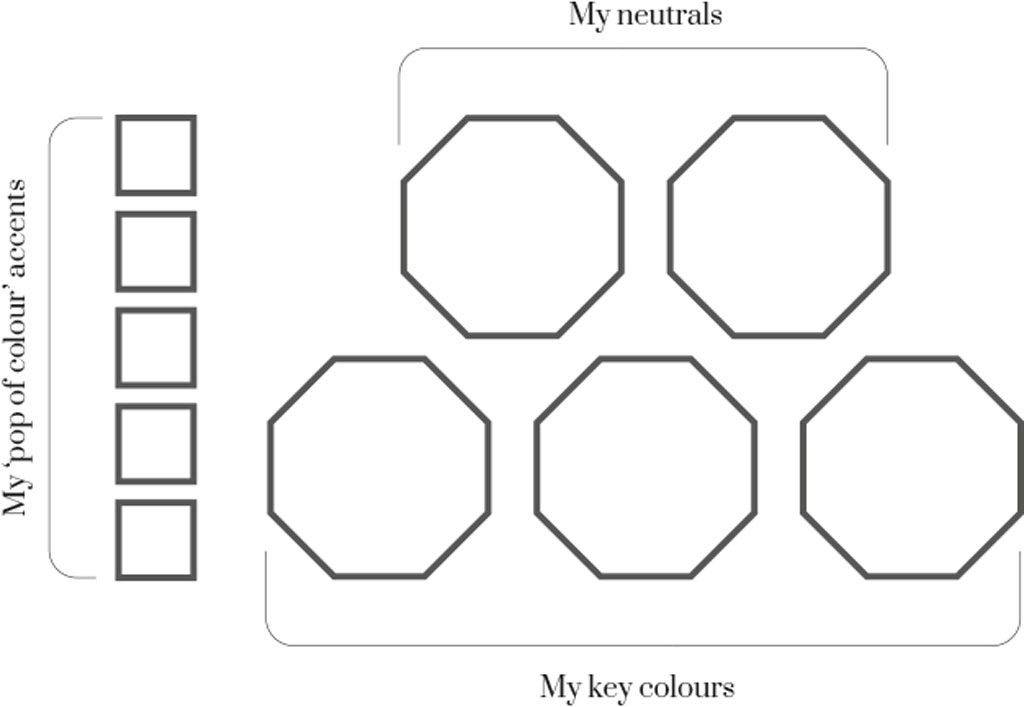
To bring it to life I’m going to talk you through mine. My process was to think about the colours I love most – one had to be red and the other is probably cobalt blue. So I’ve made these my heroes along with navy because it’s the colour that I veer towards on quieter days. The neutrals that I’ve settled on are warm grey and black – I’m trying to reduce the black in my wardrobe but it’s undeniably useful so I can’t quite let it go.
Outfits consisting of only blues, blacks greys and a splash of red would get boring so this is where the pops of colour play an important part. For me the pops are usually bags, shoes or tops. I’ve gone for off-white, yellow, tan, bubblegum pink and metallics (gold and silver). The only bit of pattern that I wear is the occasional touch of snake or leopard and they fall into the grey and tan sections.
So here’s your chart. For some of you, navy may well be a neutral and white might be a key colour. If you’re monochromatic, your entire palette might be filled with blacks, greys, whites and camel. As a prompt, I’ve added a list of colours in the next download to help but – before you get started, I want to talk about fabric.
Texture is as important as colour for some people
Some people use pattern to break up their wardrobe and focus less on the fabric that clothes are made from. For other people (like me), texture takes the place of pattern and is just as important as colour. It’s something that I’ve always done subconsciously and I only realised what a big part texture plays in my wardrobe when I was doing this exercise over the Christmas break. I had one of those lightbulb moments when I realised that I don’t like leather unless it has some texture such as saffiano, mock croc or patent. It explains why I hardly ever wear my leather leggings and I wish I’d done this before I invested in a leather jacket on Black Friday – but at least it’s glossy!
I like to use contrasts of texture in the same way that others would use pattern, to break up an outfit. It works best if you interchange tough with delicate; smooth with soft; shiny with matt so for example silk with denim, cashmere with satin, velvet with sequins. When I look at some of my favourite outfits from the last few months, they’re all based on texture associations (and they’re all in my colour palette).
Cashmere, satin, suede and saffiano leather
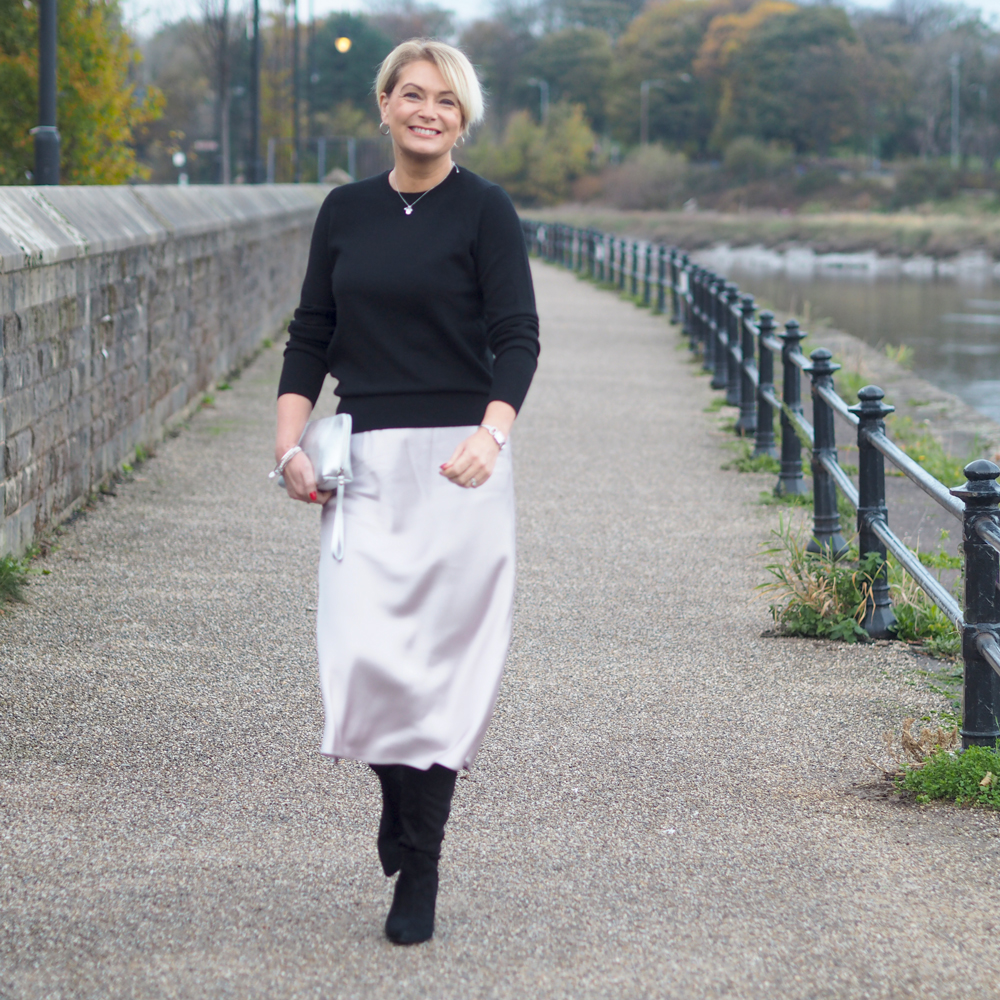
Jumper; Skirt (gAW18 currently a bargain in the sale); Boots (g AW18 also in the sale – size up); Clutch – sold out
Cashmere, velvet and metallic leather
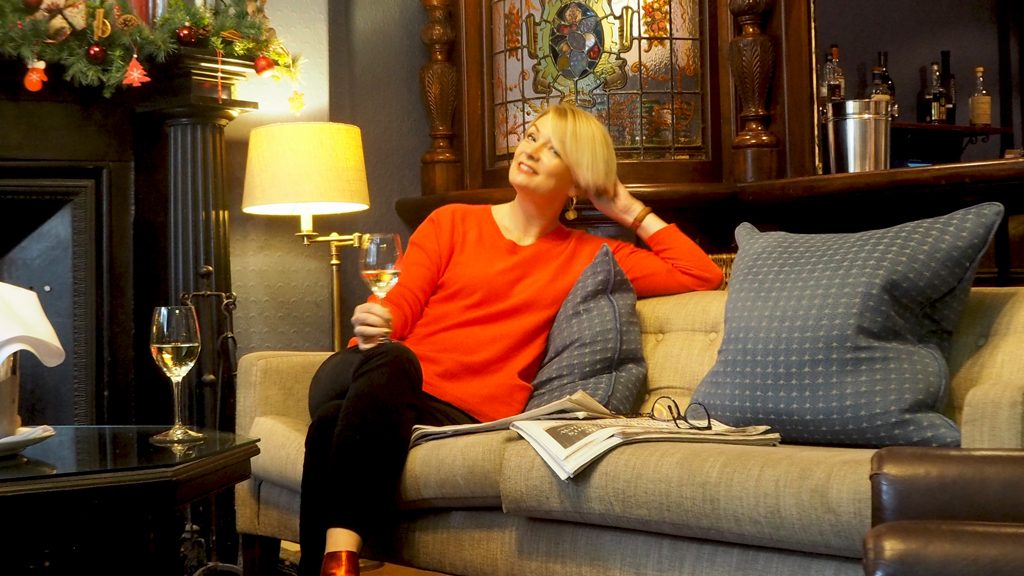
Jumper (gAW18); Trousers; Boots (gAW18)
Silk, sequins, velvet and saffiano leather
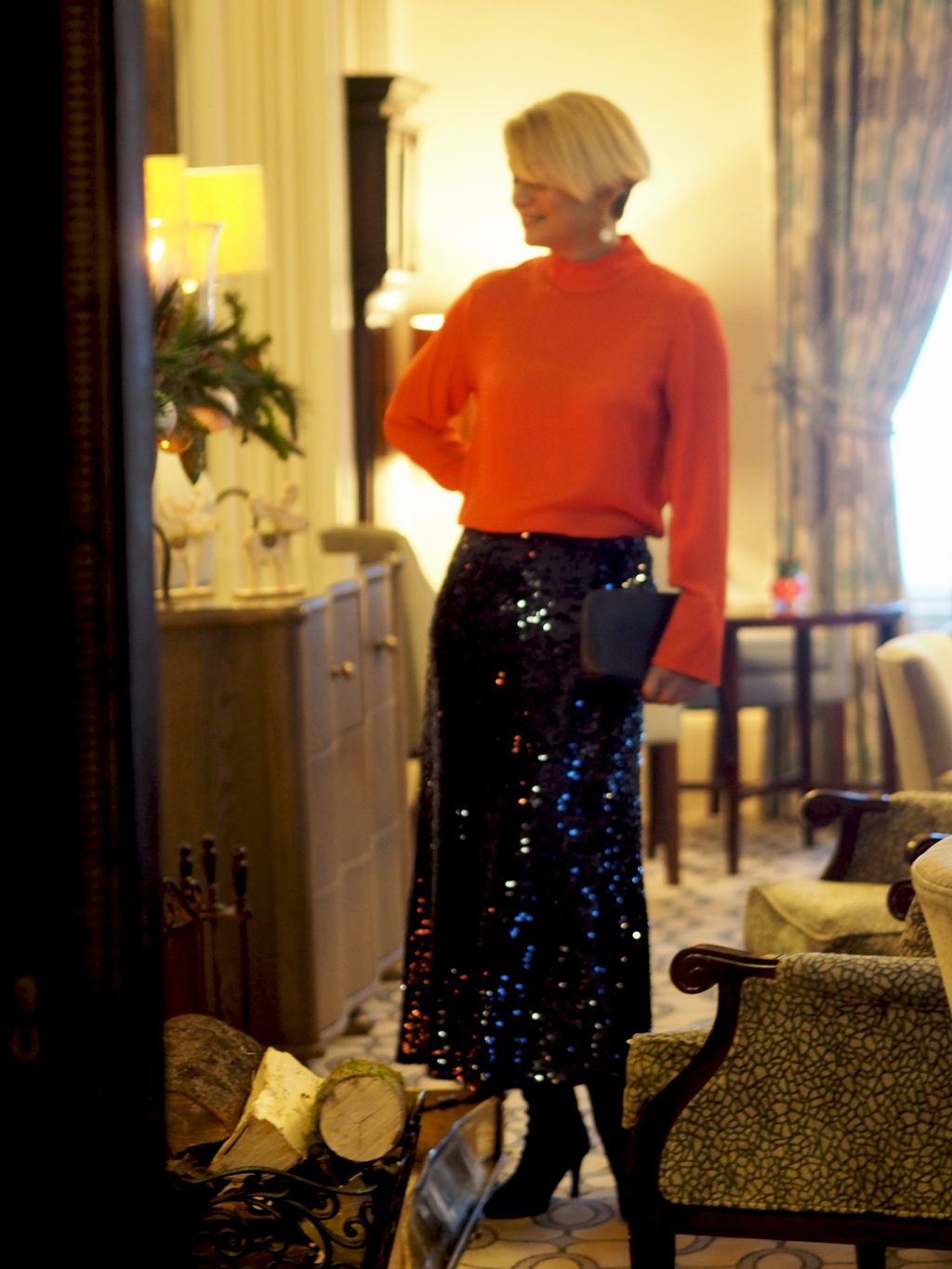
Blouse (a bargain in the sale); Skirt – sold out; Boots – M&S AW17; Clutch – sold out
Velvet, denim and metallic
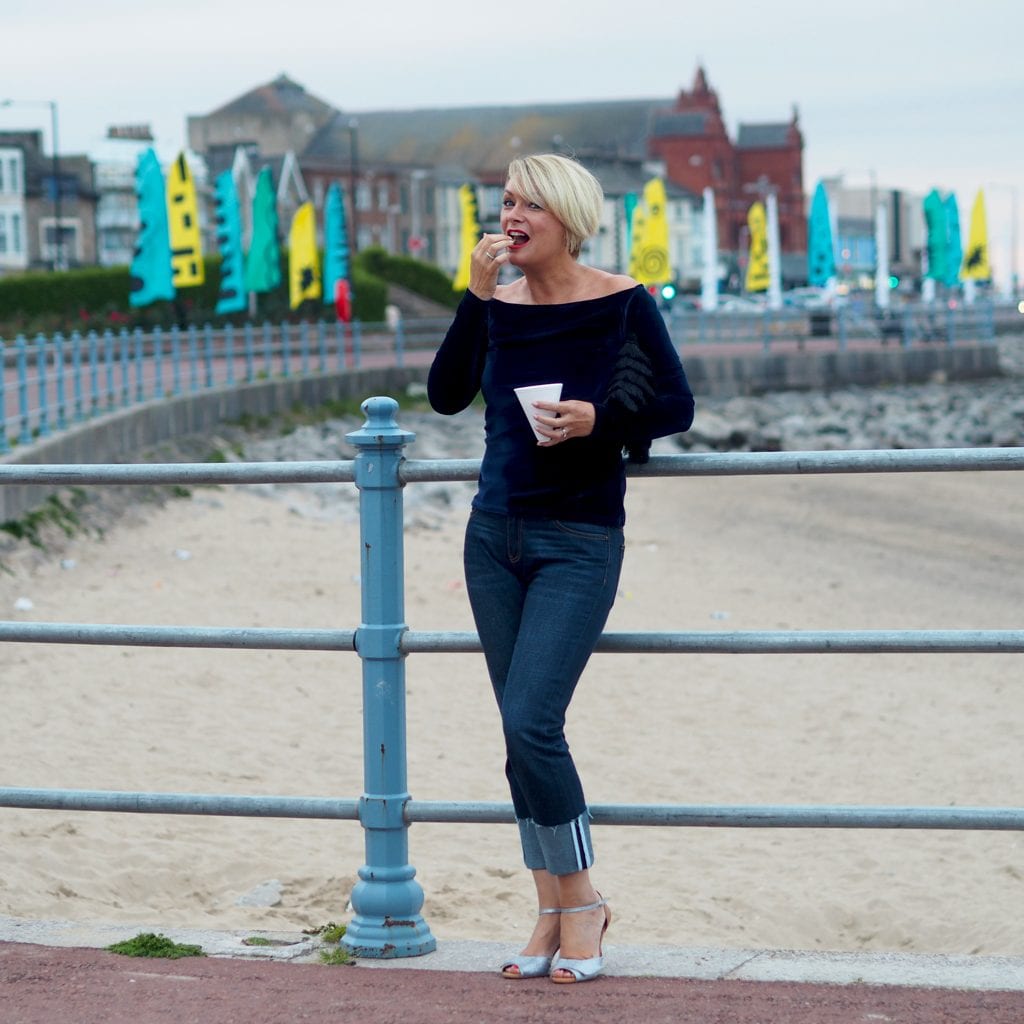
Finery top AW16; Hush jeans AW17; Finery sandals AW17
So, have a look through the list of textures and decide whether fabric plays a dominant role in your look. Print everything off together because I’ve listed the colours and textures on the same sheet so that we don’t end up with a War & Peace sized folder at the end of this! Tick the fabrics you love to wear and cross any that you don’t – lace or broderie anglaise are on my ‘no’ list because they’re in my ‘avoid at all costs’ romantic and girly segment.
- Cashmere
- Lambswool
- Merino
- Alpaca
- Chunky knits
- Felted wool
- Wool suiting
- Tweed
- Fleece
- Corduroy
- Velvet
- Faux fur
- Silk
- Satin
- Viscose
- Polyester
- Jersey
- Ponte
- Denim
- Cotton
- Linen
- Leather
- Mock croc leather
- Saffiano / pebbled leather
- Patent leather
- Suede
- Lace
- Sequins
I’m trying to keep up to date with the comments this year so I’m not going to chat any more, instead I’m going to pop over to the last post and see what you had to say. I’ll just add that I don’t usually like January but I’m really enjoying this project – I hope it’s adding an extra dimension to the grey days for you too. I’m working in London next week but I’ll be posting as usual on Tuesday – if you’re in the UK it’s getting rather chilly isn’t it? I wish you a warm and cosy weekend.
Colour and fabrics checklist download
Disclosure: ‘Building a capsule wardrobe’ is not a sponsored post
Other posts you might like
How to build a capsule wardrobe part 2
How to build a capsule wardrobe part 1
New year, new plans at Midlifechic
Sale prepping – my best high street winter buys
Disclaimer: as with the majority of blogs, products featured on Midlifechic sometimes (but not always) include affiliate links. This means that if you choose to make a purchase, you are helping to support the site because a small referral commission may be paid. This contributes towards hosting fees, software costs, site maintenance and other plug-ins. Midlifechic could not exist without these small payments, so every contribution makes a big difference.

